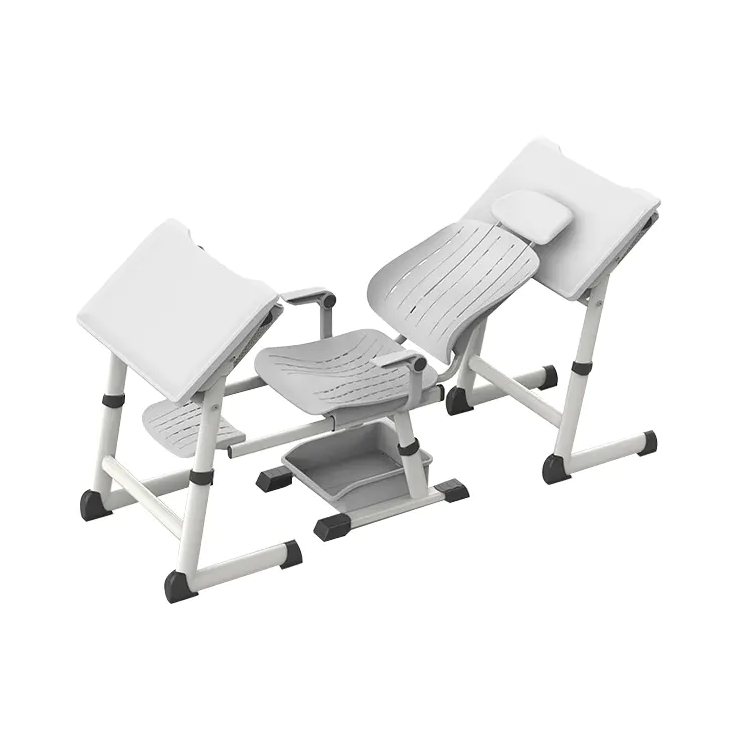A well-designed classroom is a foundation for successful learning, and at the heart of this environment are the tables and chairs. These essential pieces of furniture not only provide a place for students to sit and work but also influence their comfort, focus, and overall educational experience. As educational practices evolve, so too must the design and functionality of classroom tables and chairs.
One of the key factors in selecting classroom furniture is the need for adaptability. Modern classrooms often require flexible seating arrangements to accommodate various teaching methods and activities. Modular tables and stackable chairs offer the flexibility needed to quickly reconfigure the space for group work, individual study, or presentations. This adaptability ensures that the classroom can meet the diverse needs of students and teachers alike.
Durability is another critical consideration for classroom tables and chairs. Furniture that can withstand daily use and occasional wear and tear is essential for maintaining a functional learning environment. High-quality materials such as sturdy wood, metal frames, and durable upholstery are crucial for ensuring that tables and chairs remain safe and functional over time. Durable furniture not only reduces the need for frequent replacements but also provides a consistent and reliable workspace for students.
Ergonomic design is also a vital aspect of classroom furniture. Properly designed chairs and tables can significantly enhance students' comfort and reduce the risk of physical strain. Ergonomic chairs support the natural curvature of the spine, promoting good posture and reducing fatigue. Adjustable tables allow students of different heights to work comfortably, whether they are writing, drawing, or using digital devices. These features are particularly important in modern classrooms, where students spend extended periods at their desks.
In addition to functionality, the aesthetic appeal of classroom tables and chairs can contribute to a positive learning environment. Bright colors and modern designs can make the classroom feel more inviting and engaging for students. Furniture that matches the overall classroom decor can create a cohesive and inspiring atmosphere, enhancing students' motivation and focus.
Classroom tables and chairs are essential components of a successful learning environment. By prioritizing adaptability, durability, ergonomic design, and aesthetic appeal, educators can create a classroom that supports students' comfort, engagement, and overall educational experience.
